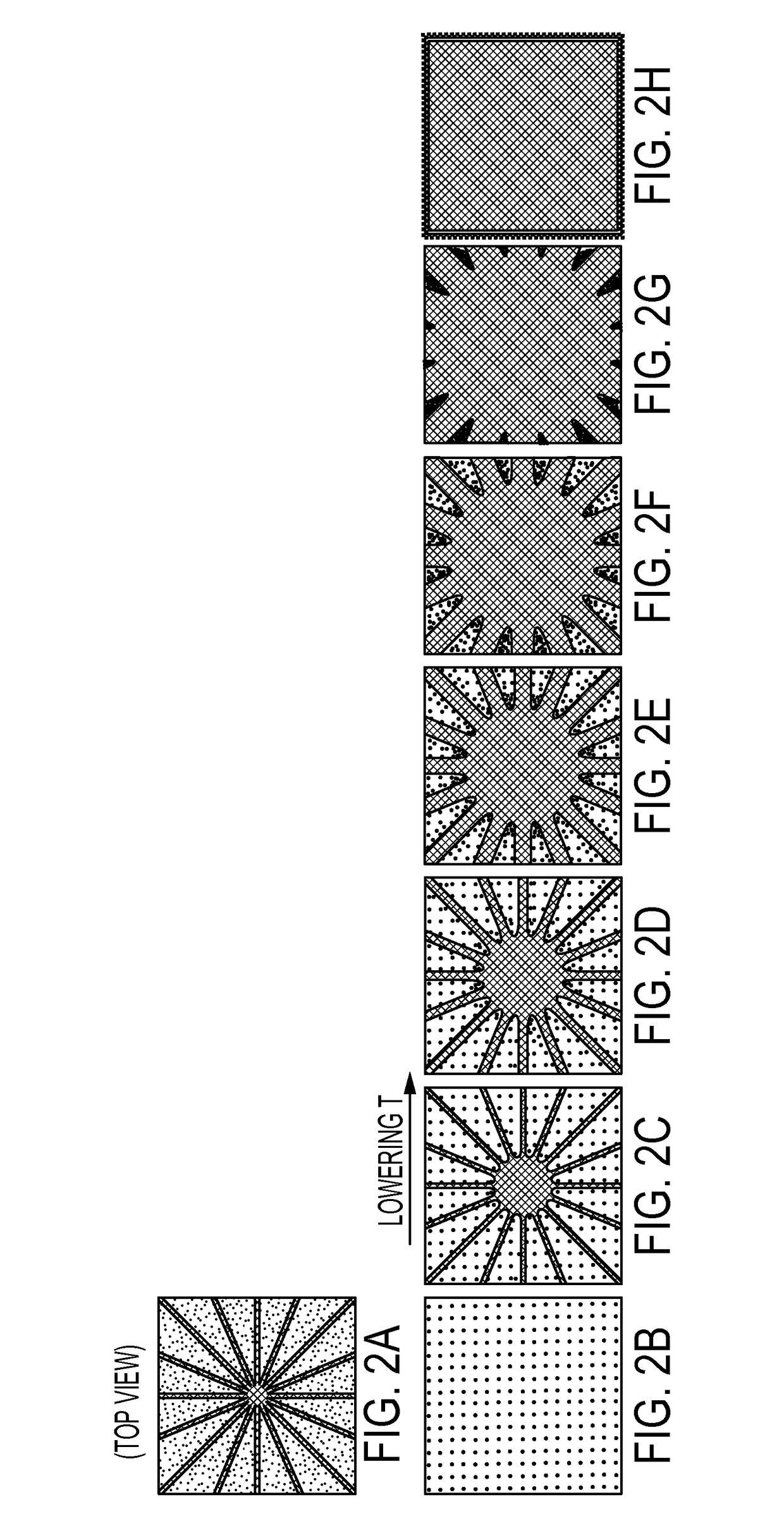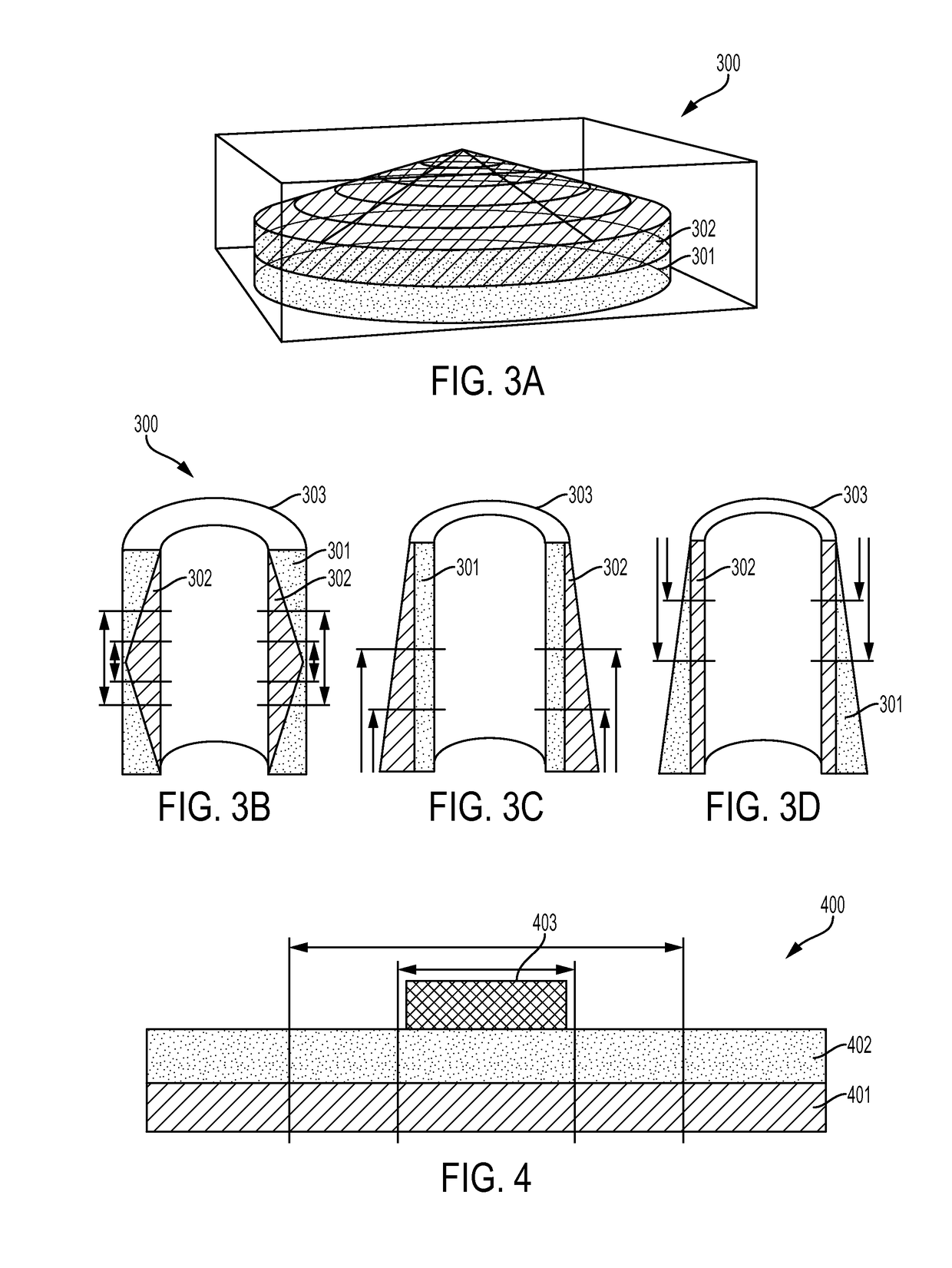Method and apparatus of implementing a magnetic shield flux sweeper
a technology of magnetic shield and flux sweeper, which is applied in the field of magnetic shield, can solve the problems of increasing the difficulty of removing flux, reducing the efficiency of magnetic shield, and so as to achieve the effect of reducing the ambient magnetic field
- Summary
- Abstract
- Description
- Claims
- Application Information
AI Technical Summary
Benefits of technology
Problems solved by technology
Method used
Image
Examples
Embodiment Construction
[0064]The present invention relates to a magnetic shield that operates by sweeping field lines to the periphery of the shield when cooled to a base operating temperature.
[0065]The superconducting phase is a thermodynamic state that exists in a volume of phase space below a critical temperature Tc, below a critical magnetic field Bc, and below a critical current density Jc. Two hallmarks of the superconducting state are: 1) zero direct current (DC) resistivity; and 2) a perfect diamagnetic response called the “Meissner effect”.
[0066]For both type-I and type-II superconductors, if no magnetic field lines penetrate the interior superconducting volume, it is said to be in the “Meissner state”. In the Meissner state, magnetic field lines can only enter the bounding surface of the volume up to a characteristic length called the “penetration depth” that also characterizes the length over which the Meissner screening currents are localized.
[0067]A superconducting metal cooled in a non-zero ...
PUM
 Login to View More
Login to View More Abstract
Description
Claims
Application Information
 Login to View More
Login to View More - R&D
- Intellectual Property
- Life Sciences
- Materials
- Tech Scout
- Unparalleled Data Quality
- Higher Quality Content
- 60% Fewer Hallucinations
Browse by: Latest US Patents, China's latest patents, Technical Efficacy Thesaurus, Application Domain, Technology Topic, Popular Technical Reports.
© 2025 PatSnap. All rights reserved.Legal|Privacy policy|Modern Slavery Act Transparency Statement|Sitemap|About US| Contact US: help@patsnap.com



